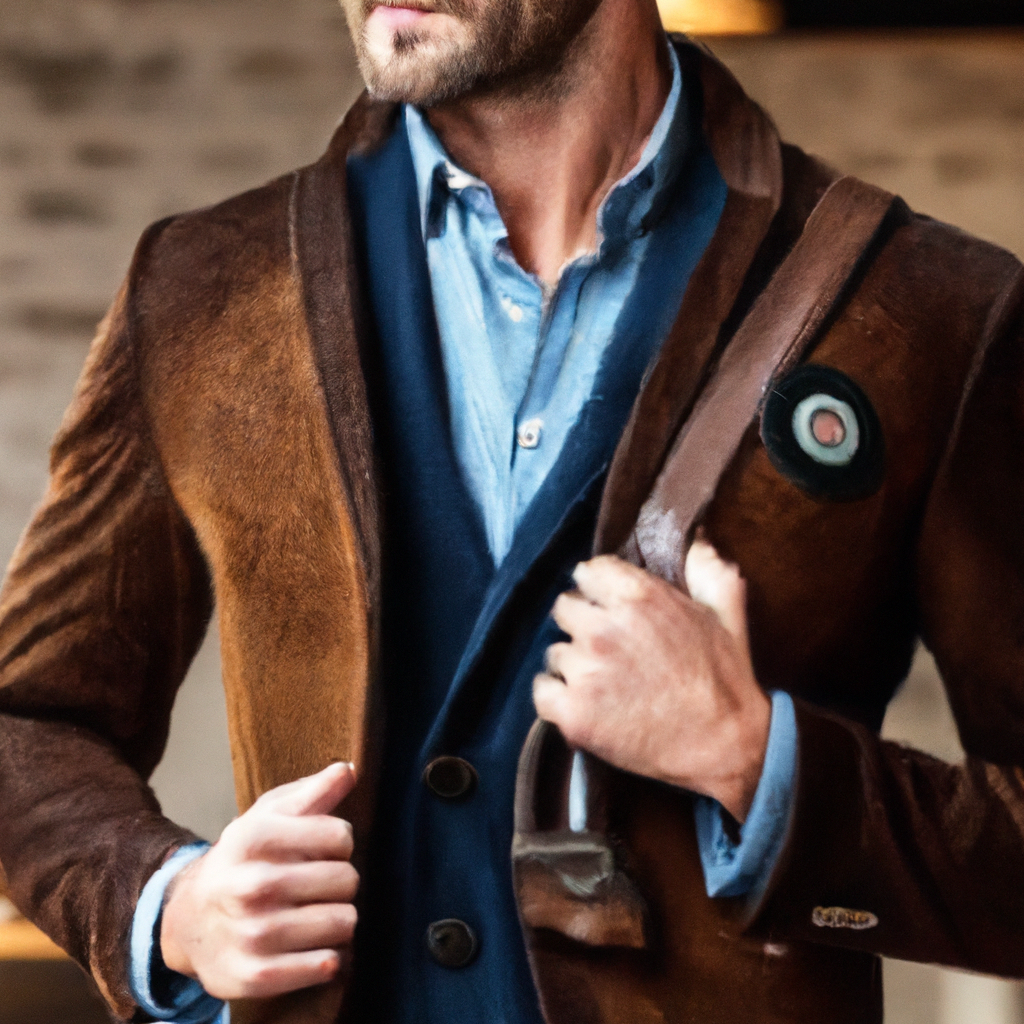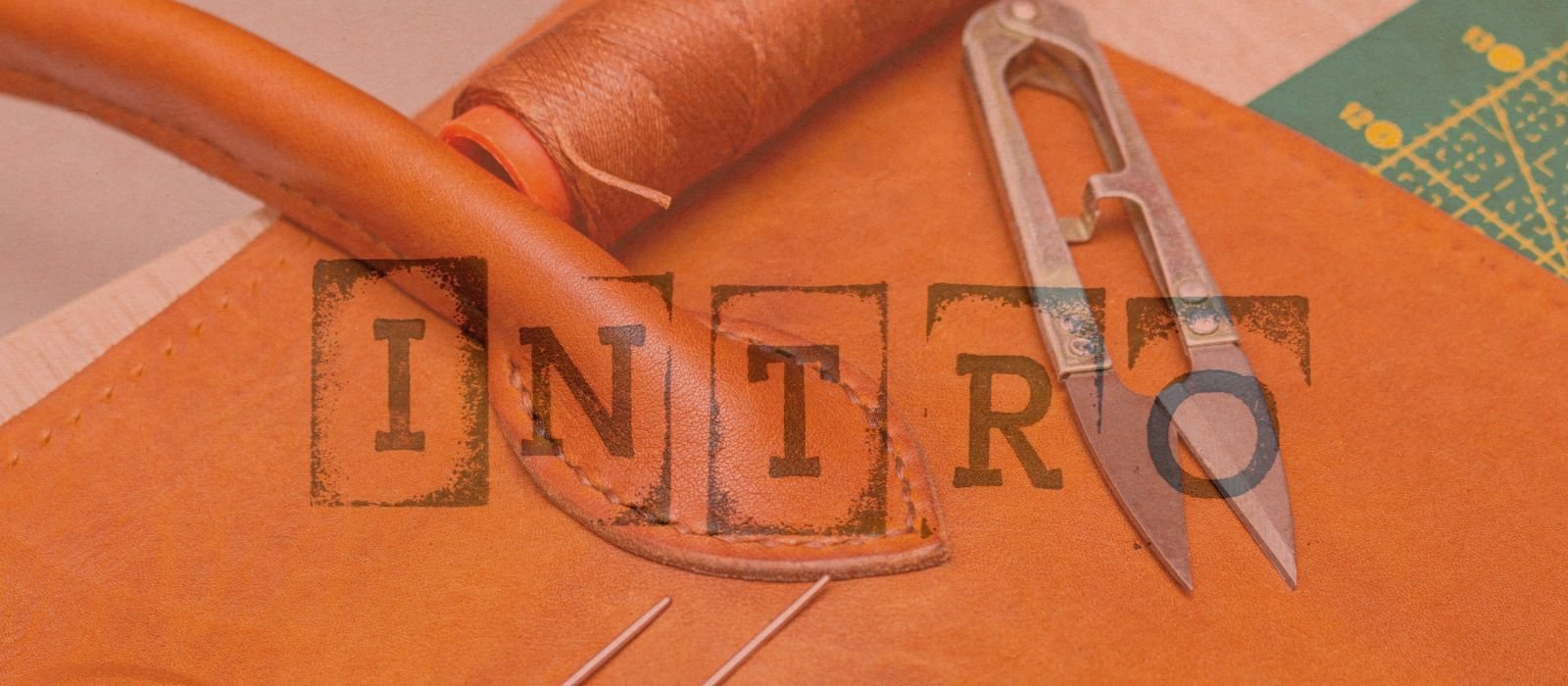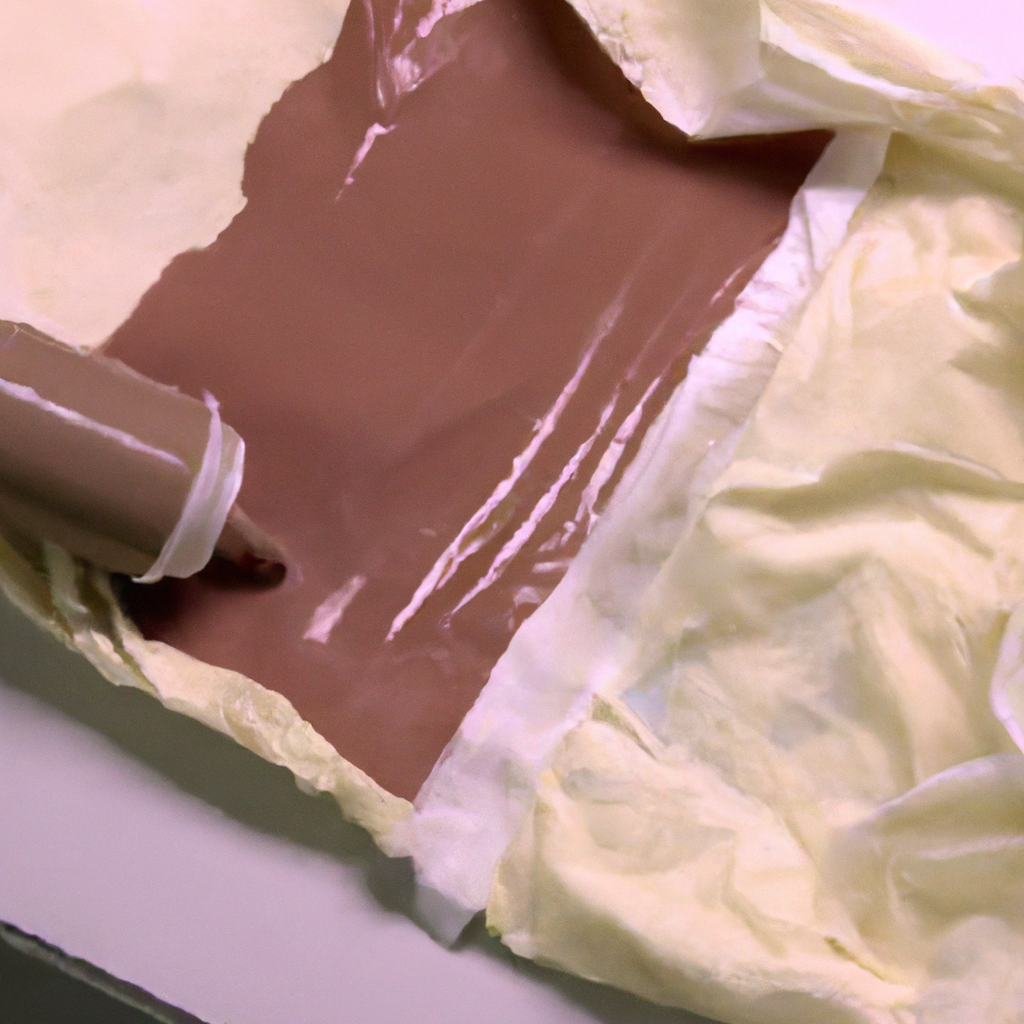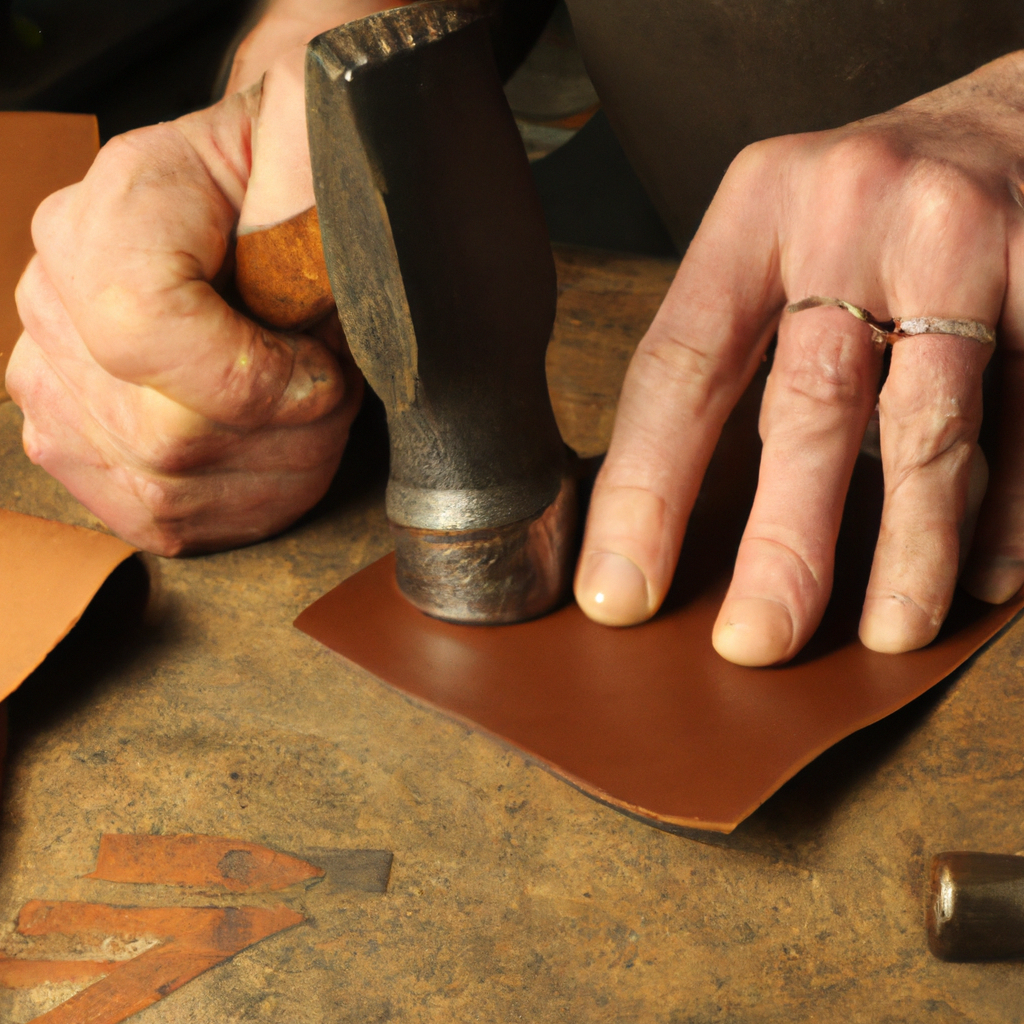When it comes to choosing the perfect leather for your clothing and apparel, finding the right thickness is crucial. The thickness of the leather greatly impacts not only the durability and strength of the garment but also its overall look and feel. In this article, we will explore the different thickness options available for leather and guide you in selecting the ideal one that suits your fashion needs. So get ready to discover the world of leather thickness and find out which one will make your attire stand out in style! When it comes to choosing leather for your apparel and clothing, there are several factors that you need to consider. These factors include comfort and fit, durability, appropriate season, and style and look. Each factor is important in ensuring that you make the right choice for your leather garments. Let’s explore these factors in detail.
Comfort and Fit
Comfort and fit are crucial aspects when selecting leather for apparel and clothing. Leather can be naturally stiff and needs time to soften and mold to your body shape. It’s important to choose leather that is not too tight or restrictive, as this can make it uncomfortable to wear. Additionally, consider the weight and flexibility of the leather, as this will affect how it drapes and moves with your body.
Durability
Durability is another key factor to consider when choosing leather for your clothing. Leather is known for its strength and longevity, but the durability can vary depending on the type and thickness of the leather. Thicker leather tends to be more durable and can withstand wear and tear over time. It’s important to choose leather that can handle regular use without losing its quality or shape.
Appropriate Season
The season in which you plan to wear your leather garments should also be taken into account. Thinner leather is more suitable for warmer climates and seasons, as it allows for better breathability and prevents overheating. On the other hand, thicker leather provides insulation and warmth, making it ideal for colder climates and seasons.
Style and Look
Lastly, consider the style and look you want to achieve with your leather garments. Different types of leather offer distinct aesthetics that can complement various styles. Whether you prefer a sleek and polished look or a more rugged and textured appearance, there is a type of leather that can help you achieve your desired style.
Now that we have covered the factors to consider, let’s explore the different types of leather commonly used in apparel and clothing.

Types of Leather
Full Grain Leather
Full grain leather is the highest quality and most durable type of leather. It is made from the top layer of the hide, which retains the natural grain and imperfections of the animal. Full grain leather develops a beautiful patina over time and is known for its strength and longevity. This type of leather is perfect for jackets, pants, and accessories that require durability and a classic look.
Top Grain Leather
Top grain leather is the second-highest quality leather. It is similar to full grain leather but has been sanded or buffed to remove any imperfections. While it may not have the same natural look as full grain leather, top grain leather is still durable and maintains a refined appearance. It is commonly used in jackets, pants, and accessories.
Corrected Grain Leather
Corrected grain leather is made from the lower layers of the hide. It is processed with artificial grains and finishes to create a more uniform and flawless appearance. Corrected grain leather is less durable than full grain or top grain leather but is often more affordable. It can be a good choice for garments where aesthetics are prioritized over durability, such as skirts and dresses.
Split Grain Leather
Split grain leather is made from the fibrous inner layer of the hide. It is less durable than full grain or top grain leather but still retains some of the natural characteristics. Split grain leather is commonly used in less expensive clothing items, such as shirts and accessories. It may not have the same longevity as other types of leather but can still provide a stylish and affordable option.
Suede and Nubuck
Suede and nubuck are types of leather that have been sanded or buffed to create a soft, velvety texture. Suede is made from the inner layer of the hide, while nubuck is made from the outer layer. Both suede and nubuck offer a luxurious and casual look. However, they are more vulnerable to stains and require more maintenance compared to other types of leather. They are often used in jackets, skirts, and accessories for a trendy and fashion-forward appearance.
Now that we have covered the types of leather, let’s move on to the different thickness ranges available.
Leather Thickness Range
The thickness of leather can greatly impact its durability, flexibility, and overall appearance. Different leather garments require varying thickness ranges to meet their specific needs. Here are some common thickness ranges and their associated uses:
Thin (0.2 – 0.6 mm)
Thin leather is often used for lightweight garments and accessories. It provides a supple and flexible feel, making it suitable for items that require draping or molding to the body, such as skirts and dresses. However, keep in mind that thinner leather may be more prone to tearing and may not offer as much insulation or protection as thicker leather.
Medium (0.6 – 1.2 mm)
Medium thickness leather strikes a balance between durability and flexibility. It is commonly used in jackets, pants, and accessories that require a combination of strength and comfort. Medium thickness leather offers good insulation and protection while still allowing for some drape and movement.
Thick (1.2 – 2.0 mm)
Thick leather is known for its durability, strength, and rigidity. It provides excellent insulation and protection, making it suitable for jackets, pants, and accessories intended for colder climates or rugged use. Keep in mind that thicker leather may be less flexible and require more breaking in to achieve a comfortable fit.
Extra Thick (2.0 mm+)
Extra thick leather is less common in apparel and clothing but is occasionally used for specialized garments that require maximum durability and protection, such as motorcycle racing suits or heavy-duty workwear. It offers unparalleled strength and rigidity but may be less comfortable and require more effort to break in.
Now that we have explored the different thickness ranges, let’s dive into the specific recommendations for different types of leather garments.

Is the Thickness of Leather Important When Making Clothing?
When making leather clothing essentials, the thickness of the leather is crucial. Thicker leather provides more durability and can withstand wear and tear better. It also offers better protection from the elements. However, thinner leather can be more pliable and suitable for certain clothing styles.
Apparel/Clothing Considerations
When choosing leather for different types of clothing items, it’s important to consider the specific requirements and characteristics of each garment. Here are some recommendations for different types of leather garments:
Jackets
Leather jackets are a timeless and versatile addition to any wardrobe. They can be worn in various seasons and styles. The recommended leather thickness for jackets depends on the style and purpose of the jacket.
Bomber Jackets
Bomber jackets are often designed for a casual and relaxed look. They are typically made from medium thickness leather (0.6 – 1.2 mm) to provide a balance between comfort and durability.
Motorcycle Jackets
Motorcycle jackets require a higher level of protection and durability. Thicker leather (1.2 – 2.0 mm) is recommended to withstand the rigors of riding and provide enhanced safety.
Blazers
Blazers are tailored, formal jackets that are usually made from top grain or corrected grain leather. The recommended leather thickness ranges from medium to thick (0.6 – 2.0 mm) to maintain a structured and polished appearance.
Biker Jackets
Biker jackets are known for their edgy and robust style. They require a combination of durability and flexibility, making medium to thick leather (0.6 – 2.0 mm) ideal for creating a rugged and rebellious aesthetic.
Pants
Leather pants offer a sleek and stylish look, suitable for various occasions. The recommended leather thickness for pants depends on the style and purpose of the pants.
Skinny Pants
Skinny leather pants are form-fitting and require a thinner leather (0.2 – 0.6 mm) to achieve a comfortable and flattering fit. Thin leather allows for ease of movement and emphasizes the contours of the body.
Cargo Pants
Cargo pants typically have a looser fit and offer a more casual and utilitarian look. Medium thickness leather (0.6 – 1.2 mm) is recommended to ensure durability and provide a structured appearance.
Cropped Pants
Cropped leather pants can be versatile and fashionable. The appropriate leather thickness depends on the desired style and season. Thinner leather (0.2 – 0.6 mm) is suitable for warmer months, while medium thickness (0.6 – 1.2 mm) offers more structure and durability.
Skirts
Leather skirts can elevate your outfit and add a touch of sophistication. The recommended leather thickness for skirts depends on the style and occasion.
A-Line Skirts
A-line skirts are classic and flattering. For a comfortable and flowing fit, medium thickness leather (0.6 – 1.2 mm) is recommended. Thicker leather (1.2 – 2.0 mm) can be used for a stronger and more structured appearance.
Pencil Skirts
Pencil skirts demand a tailored and refined look. Thinner to medium thickness leather (0.2 – 1.2 mm) is suitable to achieve a sleek and elegant silhouette. The choice of thickness also depends on the desired level of flexibility and comfort.
Mini Skirts
Mini skirts offer a fun and youthful style. The appropriate leather thickness depends on the desired look and season. Thinner leather (0.2 – 0.6 mm) is suitable for warmer months, while medium thickness (0.6 – 1.2 mm) provides a structured appearance.
Maxi Skirts
Maxi skirts exude a bohemian and flowy aesthetic. Medium thickness leather (0.6 – 1.2 mm) offers the right balance between comfort and structure. Thicker leather (1.2 – 2.0 mm) can be used for a more dramatic and robust look.
Dresses
Leather dresses can make a bold fashion statement for special occasions or a unique everyday style. The recommended leather thickness for dresses depends on the style and occasion.
Cocktail Dresses
Cocktail dresses often require a combination of flexibility and structure. Medium thickness leather (0.6 – 1.2 mm) is ideal to ensure comfort, shape, and durability.
Summer Dresses
Leather summer dresses should be lightweight and breathable. Thin leather (0.2 – 0.6 mm) offers the right balance between comfort and style for warmer months.
Evening Gowns
Evening gowns made of leather demand a luxurious and glamorous look. Thicker leather (1.2 – 2.0 mm) is recommended to achieve a structured and regal appearance.
Shirts
Leather shirts can bring a touch of edginess and sophistication to your outfit. The recommended leather thickness for shirts depends on the desired style and comfort.
T-Shirts
T-shirts made of leather provide a unique and casual look. Medium thickness leather (0.6 – 1.2 mm) allows for comfort and flexibility without compromising durability.
Button-Down Shirts
Button-down shirts made of leather offer a versatile and stylish option. Medium thickness leather (0.6 – 1.2 mm) is suitable for a tailored appearance with ease of movement.
Blouses
Leather blouses can add a feminine and chic touch to your wardrobe. The appropriate leather thickness depends on the desired style and season. Medium to thick leather (0.6 – 2.0 mm) offers structure and durability, while thinner leather (0.2 – 0.6 mm) provides a softer drape.
Accessories
Leather accessories are essential for completing any outfit. The recommended leather thickness for accessories depends on their particular use and desired style.
Belts
Belts made of leather serve a functional purpose while adding a fashionable touch. Thicker leather (1.2 – 2.0 mm) ensures durability, while medium thickness (0.6 – 1.2 mm) allows for flexibility and comfort.
Wallets
Leather wallets require a balance between durability and compactness. Thin to medium thickness leather (0.2 – 1.2 mm) is suitable for creating sleek and functional wallets.
Gloves
Leather gloves offer warmth, protection, and style. The recommended leather thickness depends on the desired purpose. Thicker leather (1.2 – 2.0 mm) provides better insulation and durability for winter gloves, while thinner leather (0.2 – 0.6 mm) offers more flexibility and dexterity for driving or fashion gloves.
Shoes
Leather shoes are timeless and can be worn for both formal and casual occasions. The recommended leather thickness for shoes depends on their intended use. Thicker leather (1.2 – 2.0 mm) is suitable for durable and long-lasting boots, while medium thickness (0.6 – 1.2 mm) offers a balance between comfort and protection for dress shoes or sneakers.
Bags
Leather bags are functional accessories that complement your style. The appropriate leather thickness depends on the desired capacity and durability. Thicker leather (1.2 – 2.0 mm) ensures the bag can withstand the weight of its contents, while medium thickness (0.6 – 1.2 mm) offers a balance between structure and flexibility.
In conclusion, when choosing leather for your apparel and clothing, it’s important to consider factors such as comfort and fit, durability, appropriate season, and style and look. Each type of leather offers distinct characteristics and aesthetics, and the appropriate thickness range varies depending on the garment. By considering these factors and recommendations, you can make an informed choice that ensures your leather garments not only look great but also stand the test of time.










